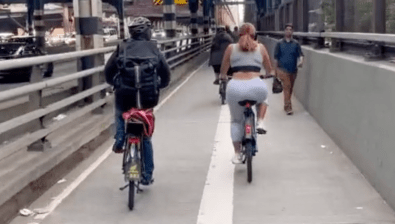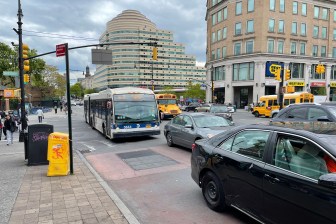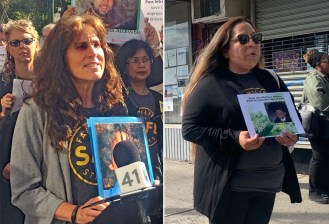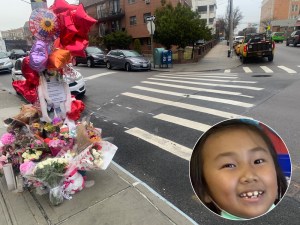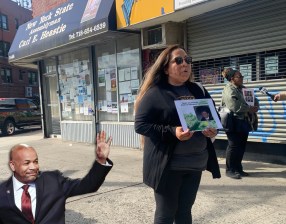Wiki Wednesday: Community Mapping
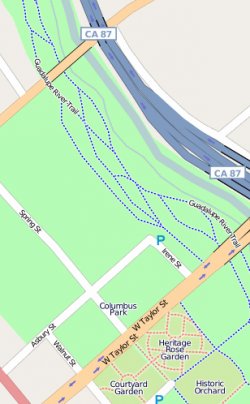 Bike trails in San Jose, CA, on OpenStreetMap
Bike trails in San Jose, CA, on OpenStreetMapAs a kid I used to periodically raid my grandparents’ stash of National Geographics. Not for photos of women in scant native dress, but for the way cool maps, with which I would wallpaper my room.
Ironically, the maps did eventually give way to Paulina Porizkova posters, and the years have also seen them outmoded — in function, if not aesthetically — by amazing advances in cartography. (If you haven’t seen it, this New Yorker piece from 2006 is an excellent primer.)
The latest and greatest innovations have brought about a renaissance in community mapping, the subject of this week’s StreetsWiki entry.
Community Mapping is the creation of a map via a community-driven process, usually done to map non-traditional features, such as safe biking or walking routes, local trees and parks, and other aspects of community life. Community mapping has existed for hundreds of years, but recent advances in technology, such as GPS’s and online mapping portals like Google Maps, have allowed the creation of better and more detailed maps, and have expanded their reach beyond small groups.
OpenStreetMap, for instance, functions like a Wikipedia for maps. Unlike proprietary services like Google Maps, OpenStreetMap operates under a Creative Commons license, and allows users to add and edit information collaboratively. Google Maps is of course also widely used for community mapping, Transportation Alternatives’ CrashStat and the burgeoning Boston bike network being two examples.
Other projects employ more conventional means — the still-viable, highly-mobile print product — from Bay Area watershed mapping to New York’s official cycling map (now available in PDF form).
